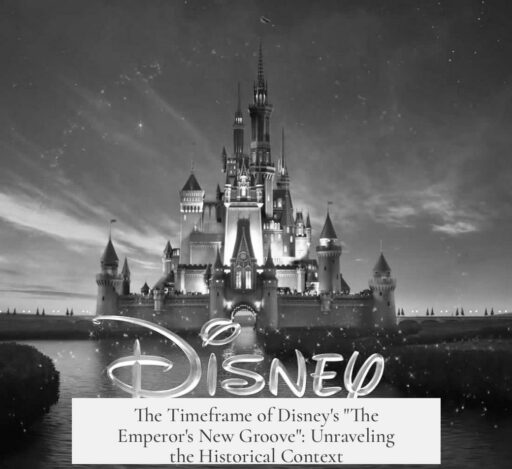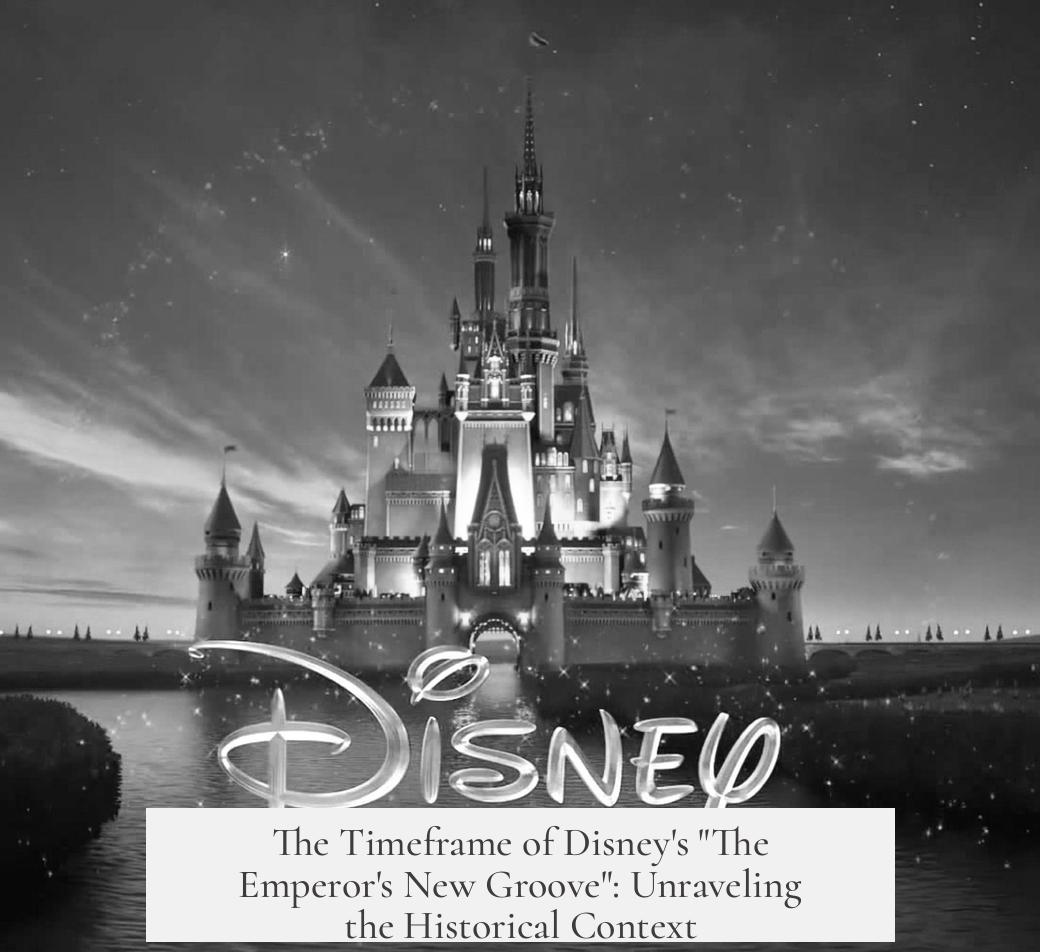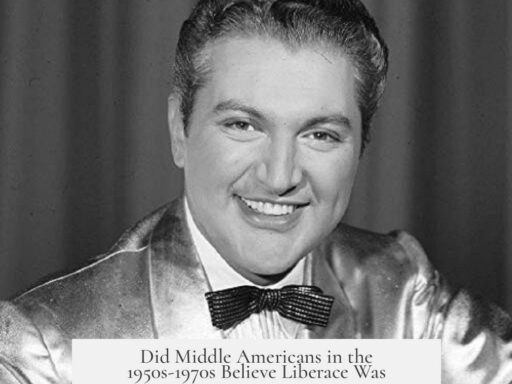Disney’s “The Emperor’s New Groove” (2000) takes place in a fictional, timeless setting inspired by various Peruvian cultures, rather than depicting a specific historical period or location.
The film does not state an exact time or place. Its trailer opens with “Long ago, in a far away land,” suggesting a general fairy tale environment detached from concrete history. The story unfolds in a mythical realm that bears no official historical timestamp.
Visually and thematically, the movie reflects Peruvian cultural elements. Its setting is mountainous and populated with llamas, recalling the Andes and Peru specifically. Various props, designs, and background art derive directly from ancient Peruvian civilizations, though the film never explicitly claims to be set in the Inca Empire or any defined era.
The cultural and archaeological references in the movie provide clues to an approximate inspiration but not a strict timeline. The opening sequence features artifacts paralleling styles from several Peruvian cultures across centuries:
- Kuzco’s mirror resembles funerary masks from the Lambayeque and Chimu cultures (approximately 800-1500 AD on Peru’s north coast).
- The large face on a wall echoes the Middle Horizon period’s Wari and Tiwanaku empires (about 400-1000 AD), famed for their “Front-facing Deity” iconography.
- Profile figures seen in the background reflect similar Middle Horizon artworks tied to Tiwanaku and Wari ceramics.
- Throne armrests show motifs akin to Moche art found at the Huaca de la Luna site (circa 100-700 AD, northern Peru).
- Palace designs draw from gold-working traditions found in later North Coast cultures, particularly decorative elements on sacrificial tumi knives.
- Vessels on the banquet table feature Nasca-style bridge vessels (100-600 AD) and the common stirrup-spouted jar shape used widely in northern Peru.
The lyrics of the movie’s songs occasionally hint at time concepts. One line mentions “a thousand years of aristocracy,” implying a lengthy historical tradition. Another line references “Mesoamerica,” geographically inaccurate because Peru lies far south of Mesoamerica, indicating some artistic liberty.
Additional details in the film support the blending of time frames and styles:
- Kuzco’s advisor wears a hat reminiscent of Moche warrior helmets.
- Fanged faces resemble Chavin culture art (800-200 BC), particularly oracle-related imagery.
- Textile patterns echo Paracas designs (200 BC-100 AD), visible in fabric details and roller coaster imagery.
- Bird-shaped vessels recall Nasca motifs.
The presence of Chimu iconography and the city name “Kuzco” (the Inca capital) indicate influences from Peru’s later historical periods, hinting the storyline fits best in a vague, fairy tale version of the late Inca empire or subsequent times.
The movie’s creators seem to have researched authentic Peruvian artifacts and artistic motifs. Yet they amalgamated elements from different cultures and periods without aiming for historical accuracy. The narrative world combines recognizable archaeological styles with fantasy to craft an entertaining setting.
This approach is similar to how European fairy tales blend multiple historical influences. Just as Disney princess stories incorporate mixed medieval and Renaissance features, “The Emperor’s New Groove” fuses ancient Peruvian cultural imagery, producing a colorful but anachronistic backdrop.
| Culture | Time Period (Approx.) | Cultural Element in Film |
|---|---|---|
| Chavin | 800-200 BC | Fanged faces and oracle imagery |
| Paracas | 200 BC-100 AD | Textile patterns on fabrics and structures |
| Moche | 100-700 AD | Throne armrest faces, warrior hats |
| Nasca | 100-600 AD | Bridge vessels, bird-shaped pottery |
| Wari/Tiwanaku (Middle Horizon) | 400-1000 AD | Front-facing deity, profile figures |
| Chimu | 900-1470 AD | Funerary mask style mirrors, gold work |
| Inca | 1400s-1532 AD | City name “Kuzco,” aristocracy reference |
Overall, the story reflects Peru’s long aristocratic tradition over roughly a thousand years. It situates itself closest to the late pre-Columbian era but lives firmly in fantasy.
Key takeaways:
- The film has no precise historical or geographical setting; it presents a fairy tale world inspired by Peru.
- Visual and design cues combine artifacts and styles from ancient Peruvian cultures spanning 800 BC to the 1500s AD.
- References to Kuzco and a millennium of aristocracy link loosely to the late Inca empire.
- The creative use of iconography prioritizes aesthetic homage over historical accuracy.
- “The Emperor’s New Groove” blends history and fantasy to create a unique, entertaining environment.
When Did Disney’s “The Emperor’s New Groove” (2000) Take Place?
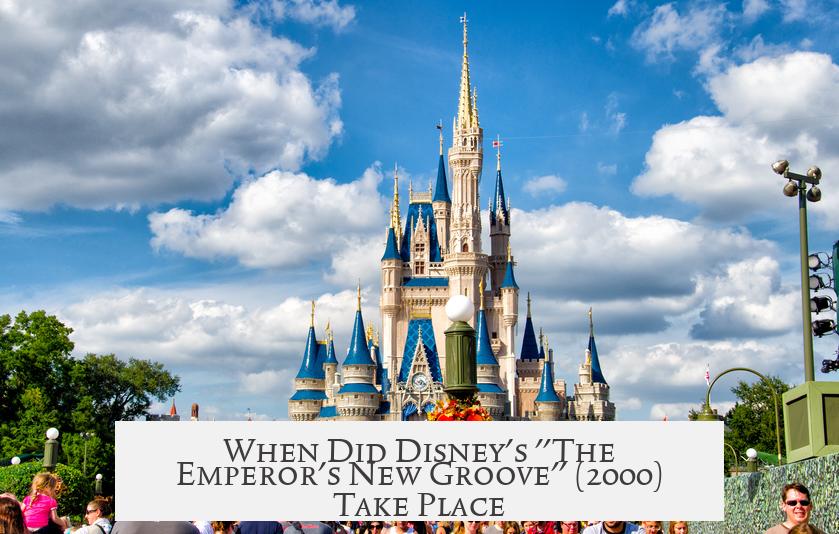
Simply put, Disney’s The Emperor’s New Groove (2000) doesn’t take place at any specific historical time or place in the real world. It unfolds in a whimsical, fictional realm inspired by the rich cultures of ancient Peru, creating a fairy tale melting pot rather than a documentary snapshot.
You might be wondering, “Wait, no exact time or place? But those llamas and mountains scream ‘South America!'” You’re spot on. The film opens with a classic “Long ago, in a far away land…” — a clear sign the story embraces timelessness over historical accuracy.
So, Why the Ambiguity?
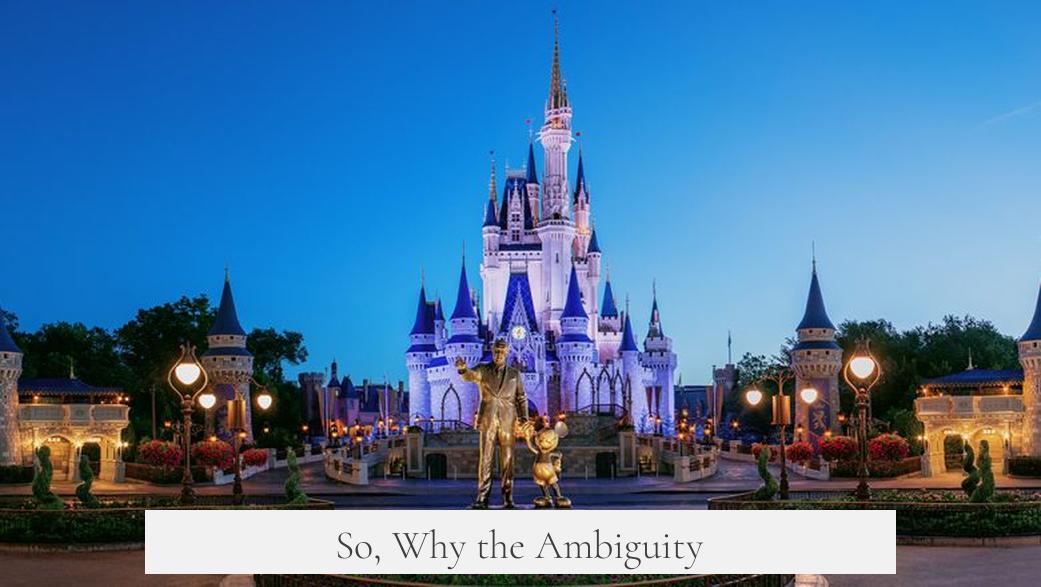
Disney leaves it vague on purpose. The story aims for fun and fantasy, not a history lesson. There’s no explicit date or location mentioned in the movie. No “1492 AD,” no “Cusco, Peru.” Just a mysterious empire that feels—and looks—South American.
The visual design supports this. From lush highland mountains to the quirky llamas, the movie is clearly Peru-themed but doesn’t nail down a singular era or empire.
Delving into the Archaeological Treasure Trove
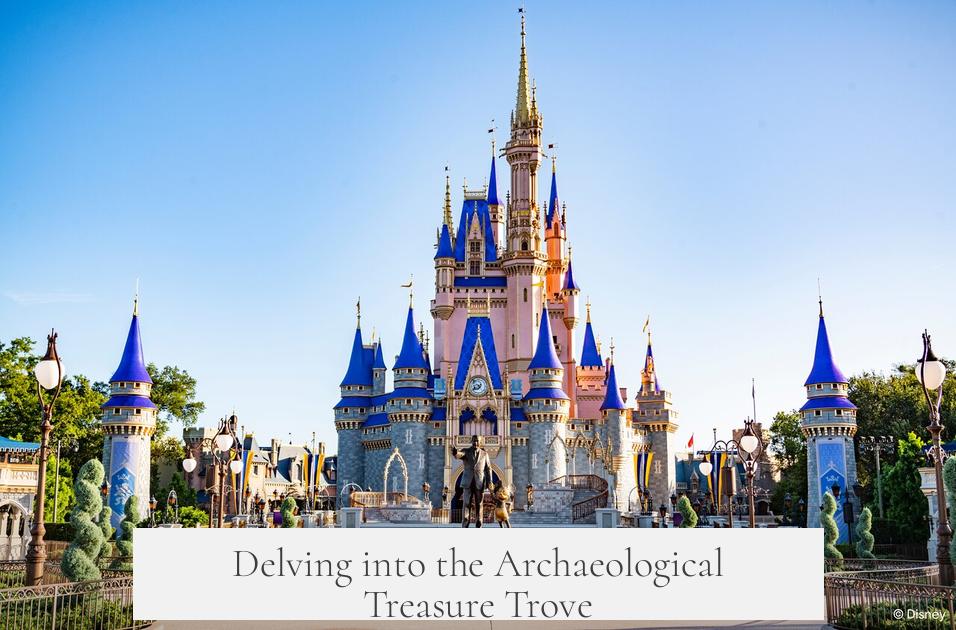
If you scratch beneath the surface, you’ll find something wonderfully intricate. Behind the comedy and catchy tunes lies some serious archaeological inspiration. The artists meticulously drew on styles from diverse Peruvian cultures, spanning over two millennia.
| Artifact or Design | Culture and Approximate Date | Notes |
|---|---|---|
| Kuzco’s Mirror | Lambayeque and Chimu (800–1500 AD) | Reminiscent of funerary masks from Peru’s north coast |
| Large Face on Wall | Wari and Tiwanaku (400–1000 AD) | “Front-facing Deity” motifs from Middle Horizon empires |
| Profile Figures | Wari and Tiwanaku (400–1000 AD) | Attendants seen on sculptures and ceramics |
| Armrests on Throne | Moche Huaca de la Luna (100–700 AD) | Eyed, triangular faces in design |
| Palace Design | North Coast Gold-working Traditions | Inspired by sacrificial tumi knives |
| Table Vessels | Nasca (100–600 AD) & Wari | Bridge vessels and stirrup-spouted jars typical of northern Peru |
| Advisor’s Hat | Moche Warriors | Reflects warrior ceremonial gear |
| Fanged Face in Background | Chavín (800–200 BC) | One of the oldest known artistic styles in Peru |
| Textile Patterns | Paracas (200 BC–100 AD) | Wild designs, also seen on roller coaster tracks |
| Bird Vessel | Nasca | Known for intricate pottery |
What does this all mean? The artists researched carefully. They didn’t just pluck a few llamas from thin air. The film cleverly stitches together artifacts and motifs from many Peruvian cultures over hundreds—even thousands—of years.
Can We Pinpoint a More Exact Era?
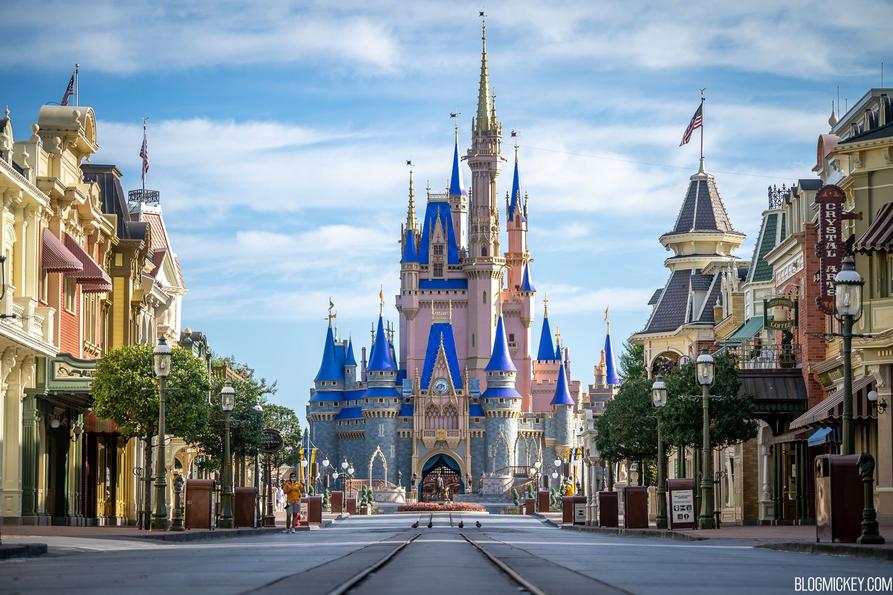
The clues in the lyrics give some hints. For example, a line sings, “A thousand years of aristocracy.” That means the story likely isn’t set in a prehistoric or early civilization phase. Instead, it nods to a sophisticated, layered period—when kingdoms flourished.
The name “Kuzco” is the kicker. That was the capital of the Inca empire. Wikipedia even notes that some believe the movie’s setting is the Inca empire. But hold your horses — the film never says that outright. It’s more in the spirit of a fairy tale version of the Inca era, blending cultural elements.
Interesting enough, a contradictory line mentions “Mesoamerica history.” That doesn’t quite fit geographically because Mesoamerica refers to Mexico and Central America, far from Peru. This line probably reflects playful songwriting rather than strict geographic accuracy.
What About the Setting’s Feel? Medieval European Vibes But Peruvian
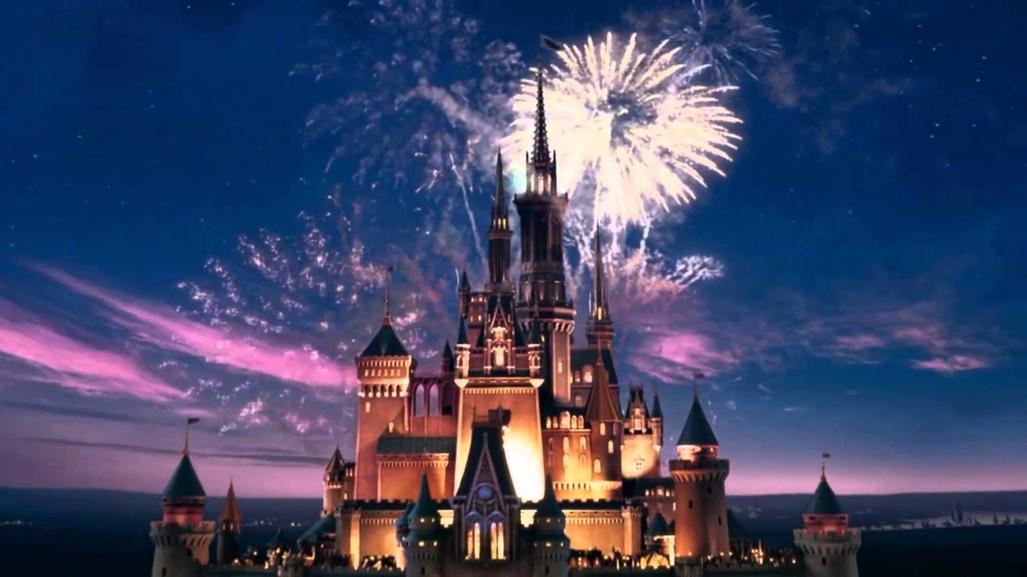
The movie’s world feels like a mash-up. Just like European fairy tales rhyme with styles from Medieval to Baroque periods without precise historical setting, The Emperor’s New Groove is a timeless, playful take on Peruvian culture and history.
Imagine the Inca empire if it spontaneously merged with cartoon exaggerations and comical personalities. It gives freedom to play with the story, characters, and themes without getting bogged down by history textbooks.
So, When Does It Take Place?
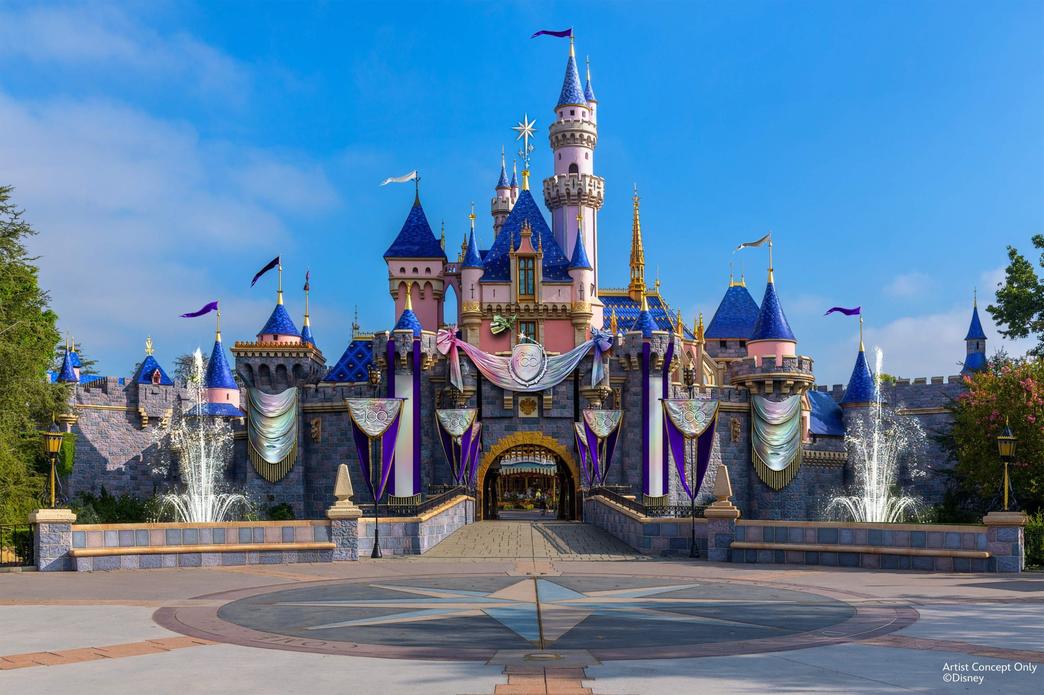
There’s no exact date like “1200 AD” or “1450 AD.” The best takeaway is that the story floats in an imaginative, fantastical version of late Pre-Columbian Peru—somewhere close to the Inca empire’s era but not locked down to any real historical timeline.
This approach allows the film to celebrate Peru’s vibrant heritage while keeping the story fun and accessible.
Why Does This Matter to Fans and Curious Minds?
- Appreciate the Cultural Layers: Knowing the film draws on real ancient cultures enriches the viewing experience. Those quirky designs are not random—they’re sprinkled with deep history.
- Understanding Artistic License: It teaches viewers about blending fact with creative fiction. This balance makes the story universal, crossing cultural boundaries with humor and heart.
- Inspiration for Further Exploration: If you enjoyed the movie, you might find yourself diving into Peru’s history, exploring empires like the Chavin, Moche, and Inca.
Have you noticed some obscure iconography in the film? Next time you rewatch The Emperor’s New Groove, look out for those little cultural Easter eggs. You might just see Peru’s ancient civilization come alive behind the laughs.
Final Thoughts
The Emperor’s New Groove is a vibrant blend of humor, song, and cultural homage. It chooses fantasy over history but stands on a foundation built by thousands of years of Peruvian art and tradition. It tells us that sometimes, the magic lies in mixing the old and the new—even if the stopwatch on history refuses to tick.
So, while we can’t offer a definitive date, you can imagine it as “Once upon a time… in the gorgeous Andes, inspired by a millennium of Peruvian culture—made ridiculous and unforgettable.” And honestly, that’s far more fun.
When is Disney’s “The Emperor’s New Groove” set?
The film takes place in no specific historical time. There is no explicit date mentioned, just “long ago, in a far away land.” It is a fictional, timeless setting inspired by diverse Peruvian cultures.
Does the movie take place during the Inca Empire?
Although the name Kuzco refers to the Inca capital, the film does not explicitly confirm it is set during the Incan period. It blends various cultural elements from different eras, making it more of a fairy tale setting.
Which Peruvian cultures influenced the film’s design?
The artwork and characters reflect many cultures, including Chavin, Paracas, Moche, Nasca, Wari, Tiwanaku, and Chimu. These influences span from about 800 BC to the late pre-Columbian era.
Is there a historical timeline the film follows?
The film hints at a “thousand years of aristocracy,” suggesting a late pre-Columbian period. However, it mixes elements from various times and cultures without following a strict timeline.
Why does the film mix different cultural artifacts?
Artists combined authentic Peruvian art from various periods to create rich visuals. This mix creates a stylized, fairy tale world rather than a precise historical reconstruction.
Does the movie’s setting relate to Mesoamerica?
The film references Mesoamerica in lyrics, but Peru is far from Mesoamerica geographically. The setting is firmly inspired by Andean cultures, not Mesoamerican civilizations.
